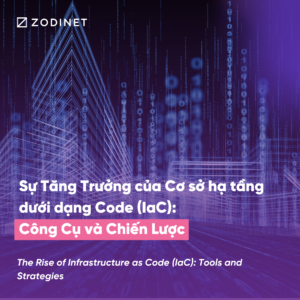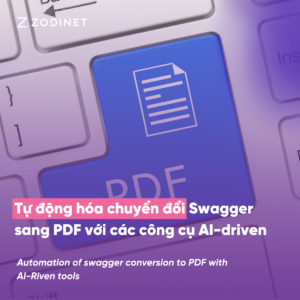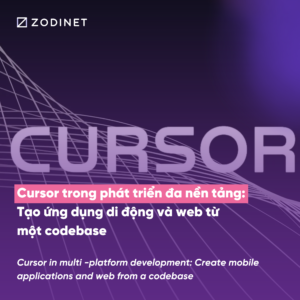The ecosystem of large language models (LLMs) is rapidly evolving with the emergence of various agents, tools, plugins, and APIs. This article delves into the structure of this ecosystem, analyzing its key components and how they interact to create value for users and businesses.
The Ecosystem of Agents
Agents within the LLMs ecosystem serve as versatile operational environments for language models. These agents can perform a variety of functions, from interacting with users to processing and generating content automatically.
Definition and Role of Agents
In this context, agents are typically applications or software that leverage LLMs to provide responses or take actions based on user requests. They can be customized to meet specific needs in fields such as healthcare, education, or business.
Types of Agents
- Conversational Agents: Capable of directly interacting with users through chatbots or messaging platforms.
- Decision-Support Agents: Analyze data and provide recommendations based on outputs from language models.
Tools and Plugins for Support
Tools and plugins play an essential role in optimizing the capabilities of LLMs. They expand the scope of applications, enhance performance, and add new features to agents.
Development and Deployment Tools
Development tools such as TensorFlow, PyTorch, or Hugging Face make building language models more accessible. These tools provide the necessary libraries and frameworks to develop complex models with rich datasets.
Feature-Enhancing Plugins
Plugins are modules that can be integrated into systems to add functionality. For example, a plugin might connect to a database, enabling an LLM to retrieve data on demand. This not only increases usability but also opens up opportunities for innovative applications across various domains.
Seamless API Integration
APIs (Application Programming Interfaces) enable different systems to communicate effortlessly. Through APIs, developers can connect LLMs to web or mobile applications, creating richer and more interactive user experiences. This allows businesses to flexibly incorporate language models into their workflows.
Conclusion
The LLMs ecosystem is increasingly diverse, with agents, tools, plugins, and APIs at its core. Understanding the structure and interactions of these components not only optimizes workflows but also unlocks new opportunities for innovation and technological advancement. Businesses should fully leverage these technologies to stay ahead in the digital revolution.



